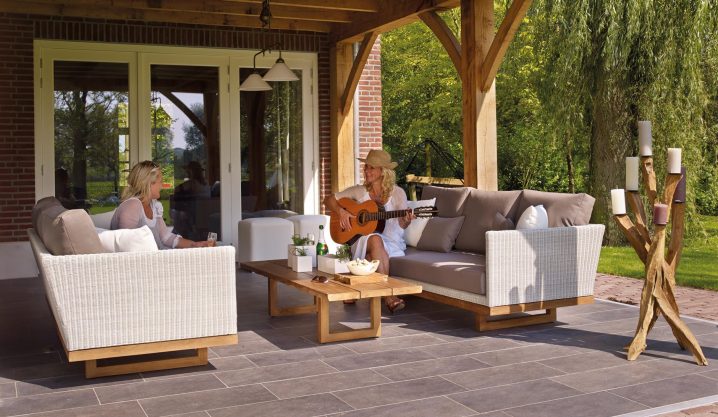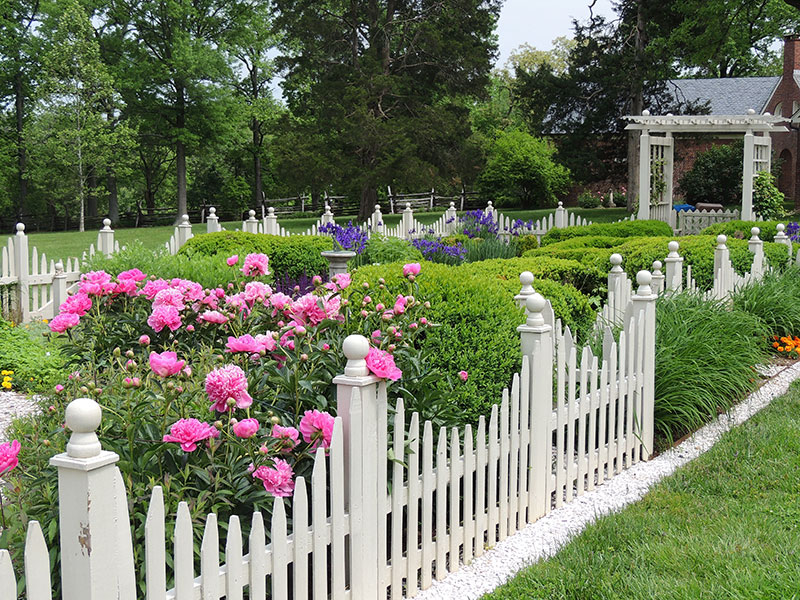Sometimes called a trellis or an arbor, a pergola consists of at least four columns holding up a grid of crossbeams that extend across the top of the structure to form the roof. They can be made of wood, steel, aluminum, fiberglass, or vinyl, and can be covered or uncovered depending on a homeowner’s taste. A pergola can also be attached to an existing structure to become an extension of a home’s covered space or be freestanding in a backyard.
The Italian word derives from the Latin word “pergula” or “projecting roof.” It most likely comes from the Latin verb “pergere,” meaning to come or go forward. According to the Encyclopedia Britannica, the first pergolas were found in Egypt and then more widely used during the Renaissance period in Italian gardens.

Traditionally, pergolas provided a foundation for climbing plants, including ivy or grapevines, and gave shade in hotter climates, such as the Mediterranean, which did not yet have the benefit of air-conditioning. The cross-beams allowed the sun to peek through to those under them, but not completely overwhelm them.
Modern pergolas, however, are less associated with gardens and more with luxury. Just think of ones you may have seen gracing covers of travel magazines that have sheer curtains waving gently in the breeze on a Caribbean beach. Ritzy million-dollar mansions build them poolside and penthouse suites use them to extend their rooftop living space.
While pergolas look beautiful with plants, they can even be more so without them. Wooden pergolas made out of pressure-treated redwood, cedar or teak easily complement almost any home with or without grapevines winding around them. Modern owners now opt to add ornamental plants or flowers around the area where a pergola is instead of throughout it to enhance the feeling of relaxing in a garden space without the added work.
Some contemporary designs do not even accommodate plants. Because a lot of them are motorized, plants would interfere with a pergola’s operating system and cause malfunctions in features such as drop-front shades or vertical drop awnings.
Even though a pergola is sometimes referred to as trellis or an arbor, which hearkens to its history of being used in a gardenscape, they are very different from one another. A pergola is more square-shaped and designed to house furniture underneath it while an arbor is generally smaller, and is often identified by a curved arch at the top. It is also usually freestanding and is covered by vine-like plants, although it does not have to be. A trellis is similar to an arbor because it is also used for climbing plants and is smaller in nature.
Gazebos are probably the closest structure a pergola, but they generally feature a closed and pointed roof. They almost always have a raised floor, so it is necessary to step up into it.
Awnings have also been compared to pergolas. Yet pergolas are normally freestanding while awnings generally need to be attached to something (such as above a window or to a house over a patio). Awnings, especially retractable ones, are constructed with more durable cloth materials, as opposed to pergolas, which need to be built with sturdy material such as wood or steel to hold up its roof. Only then can they be covered in a cloth material.
Nowadays, modern pergolas come in a variety of shapes and sizes and are completely customizable depending on a homeowner’s needs. Pergola covers, for example, can either be a permanent part of the structure or removable. Retractable pergola covers offer the convenience of blocking out the sun when necessary, yet protecting the cover from the elements. They have become popular because they can be opened to allow the full sun, partially closed to let in diffused light, or opened all the way so the owner can see the stars at night.
Automated pergolas have gutters for rain control, are made with durable fabric, and are sagging- and rust-resistant. They can be constructed with opaque material to keep out light or microperforated material, which allows just a little sunlight to poke through.
Indoor pergolas are even becoming common. You can see them constructed inside restaurants, or in living rooms or kitchens of more well-to-do homes for the purpose of décor.
Whether used indoors or outdoors, pergolas are a beautiful addition to any space.



